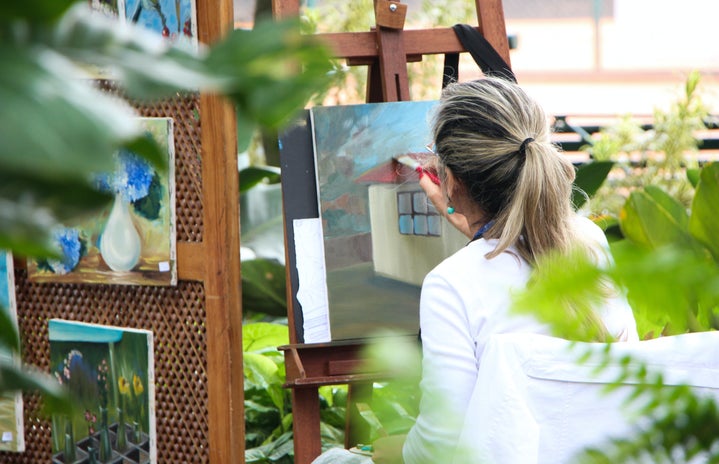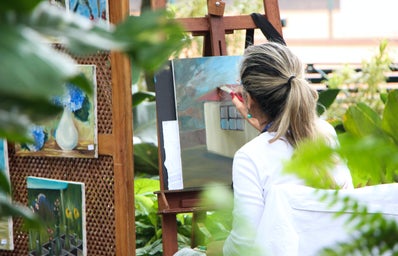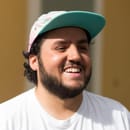With the internet being so easy to access, it has become easier for independent artists to find an audience and let their work be known. As a result, a variety of movements, collectives, and scenes have found a way to pave their path. The independent art scene in Puerto Rico is no different. Recently, many artists from a variety of disciplines have found platforms that have made it easier for them to share their work. In addition, small businesses such as Electroshock in Santurce and Rio Piedras, bars like Off The Wall in Mayaguez, and libraries like La Casita Books and Gifts in Aguadilla have provided up-and-coming artists a space to display their talents. “Puerto Rican Women Killing It in the Independent Art Scene” is a series of interviews that provides a glimpse at some of the women who have recently gained recognition in the art scene. Though the artists are asked similar questions, some are asked queries surrounding their work, specifically.
Brithany Diaz is a young knitter originally from Caguas who has her own small business, Telarañas.
What got you into knitting?
I was always attracted by woven items and I loved seeing my Abuela [grandmother] doing it because it gave me peace. When I turned nine, my great-grandmother Gloria called me to come to her house because she was going to teach me how to weave. That day I just learned to do the chain and the high point, which are the two basic points and with that I was happy. Two years later, I took classes in which I learned to read patterns and in these last few years YouTube has been a good school.
How did you develop your style?
I would say my style is a combination of the styles of the people who have taught me but left-handed, I mean everything is the other way around.
How has it evolved through the years?
Over the years, I have perfected my knitting technique and created some patterns. I have also learned to knit with two needles and to embroider.
What are some of your influences and inspirations?
In all of this, my inspiration and greater influence is Abuela Gloria, my great-grandmother. She is 93 years old right now, but she has advanced Alzheimer’s and she doesn’t walk anymore, she doesn’t even talk. But, when she wasn’t so advanced and I was going to visit her, we wove and, although she didn’t know who I was or didn’t remember my name, she always knew how to weave. So, she was the one who got me into this and will continue knitting for her.
Is there any other form of art you wish to pursue? If so, what field and why?
In addition to improving the embroidery technique, I would like to learn how to sew. The sewing machine and I have not had a good relationship so far, but it would not be a bad idea to connect the crocheted fabrics with the seam.
What do you think about the current state of the arts in Puerto Rico?
I believe that the arts in Puerto Rico have been in demand. After the passage of Hurricane Maria, people have looked for creative ways to get ahead. But at the same time, I believe that in Puerto Rico, the arts are undervalued because in our culture it is not the norm, or we are not taught to appreciate art, creativity nor the work of the artists.
If a young girl came up to you and said she wanted to be an artist, what would be your advice for her?
I would tell her to never give up. If you’re passionate about art, the branch does not matter, let your creativity emerge and fight for it.
What is your biggest goal right now?
My big goal right now would be to obtain the artisan license and be able to register my brand.
What do you seek to achieve with work?
I am looking for more people to see crochet as an art that can be learned at any age, to prove that isn’t only for old ladies.
All of the pictures in this article were provided by Brithany Diaz


